September is Emergency Preparedness Month and today I am sharing some thoughts and tips about storing food for emergencies. It is something many people don’t think to do or feel like is an extreme precaution but I think it is a necessary part of any family emergency plan. Everyone should make this a priority – especially those with children.
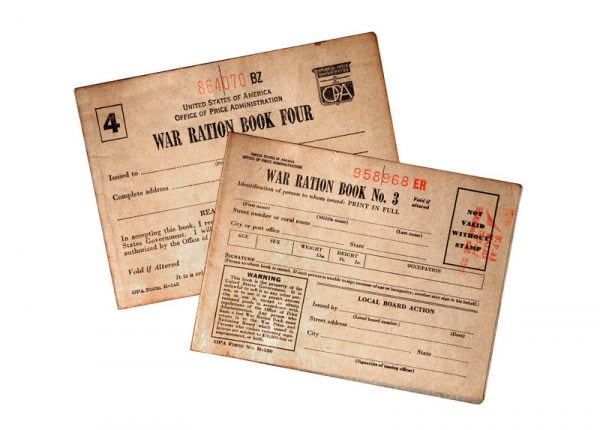
Why Store Food?
The war ration card image above is a perfect example of “why store food”. A food stockpile could prove invaluable in many emergency situations and help keep you and your loved ones in good health. Personally, I have maintained a food storage for decades. It is great to know my family is prepared should anything happen where we might need to use it. If you have children it is especially important that you are prepared!
A great way to think about a food stockpile is to view it as food insurance. We insure our homes and vehicles in case of floods, damage, or accidents. We use medical insurance to maintain health and help cover unexpected illness or injury. How will your family eat if you suffer long-term job loss, severe weather, price inflation, or a riot or attack near your home?
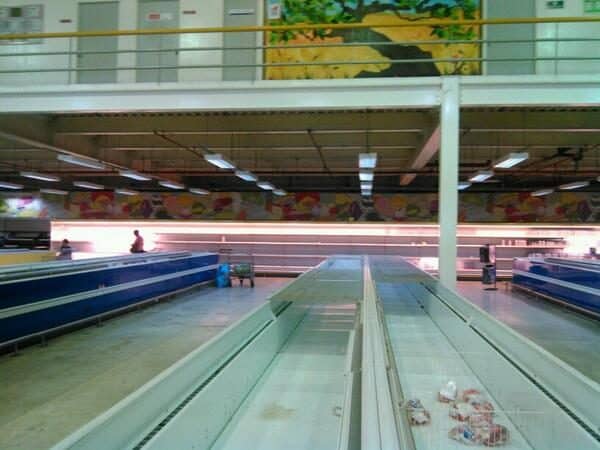
Venezuela is currently suffering a catastrophic food shortage where the people are starving and when food becomes available it is too expensive to buy. The dwindling bee population is another concern. If there are no bees to pollinate our crops, how will they grow? How will we eat? Germany has wisely instructed citizens to stockpile food and supplies in case of attacks or catastrophe. It is best to be prepared long before any sort of trouble starts!
What to Store?
You should store long and short-term food items. Long-term items are foods that can be stored for several years or indefinitely. Short-term foods last at least six months on your shelf. When making your food storage plan be sure to include foods that your family is comfortable cooking and eating. If you all hate canned green beans you probably shouldn’t stock up on them!
Ready Nutrition has a wonderful post with several foods that can be stored long-term.
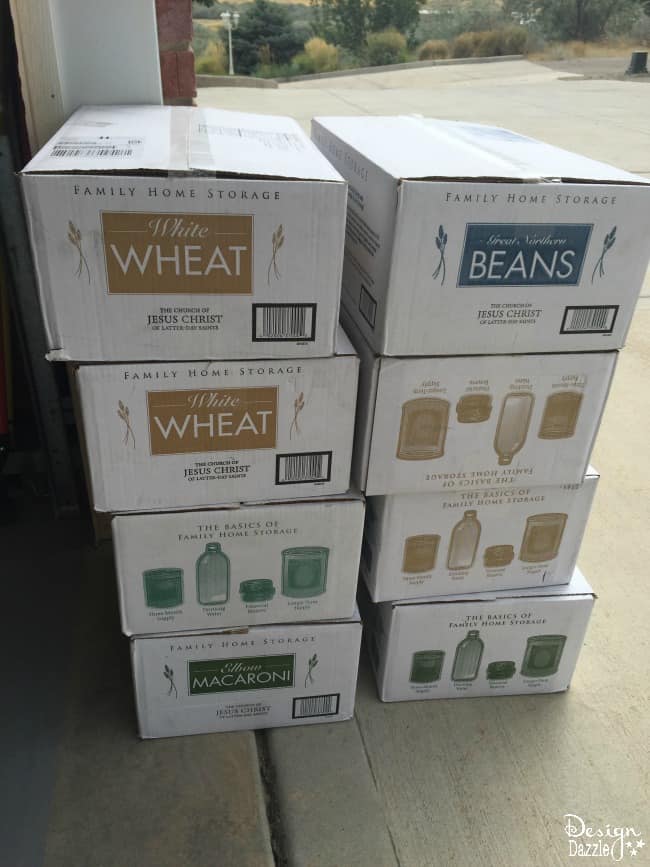
A great option for purchasing long-term food storage is through LDS Home Storage Centers. These centers are run by volunteers and you do not have to be a member of the Church to purchase food from them. There are over 100 centers across the U.S. and Canada and you can find your closest location here. I recently ordered 8 large boxes online and was shocked when I saw the shipping cost. My order had to be well over 200 lbs. and the shipping was ONLY $3 total! Can you believe it?! You can check out the order form here.
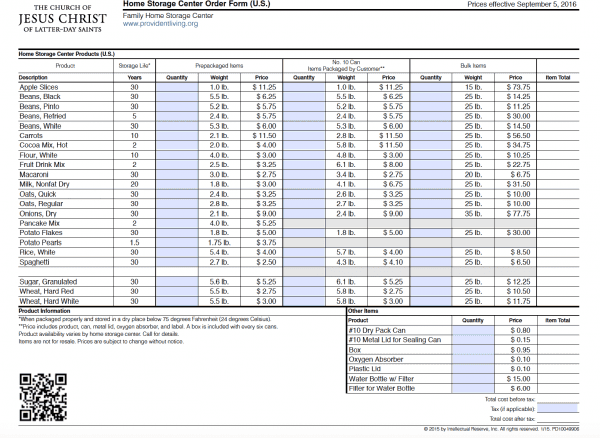
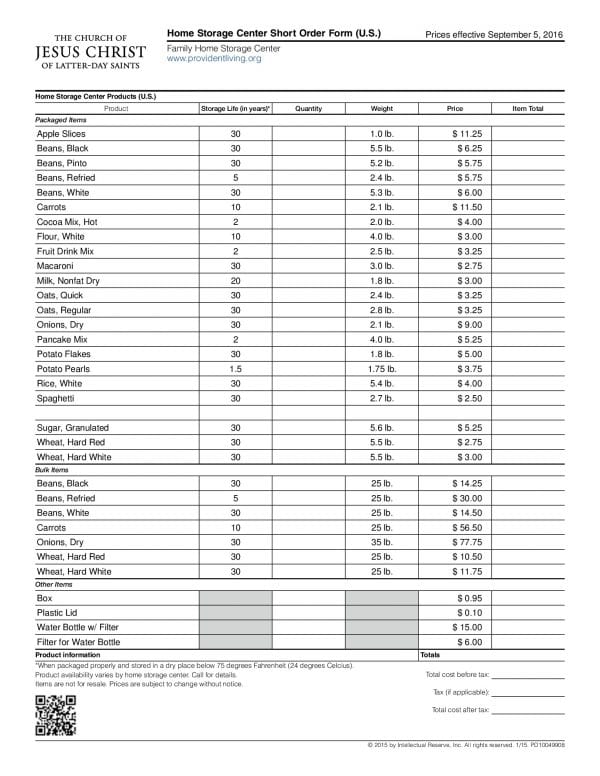
This is a great recommendation on what to store and how much is needed for families of various sizes. The Church of Jesus Christ of Latter-day Saints has a great website called Provident Living with lots of information on food storage and other ways to be self-reliant.
This post contains affiliate links at no additional cost to you. For further information, please see our disclosure policy.
Amazon also has a wide variety of food storage items so you are sure to find something for any budget. If you’re gluten free, here’s gluten free food storage!



For short-term storage check your local grocery stores for “Case Lot” sales once or twice a year. During these sales prices on entire cases of canned goods are really great. It has been my experience that you do not have to purchase the entire case to get the sale price.
How to Store?
Food should always be stored in a cool, dry place. If not, the quality and nutrition rapidly decrease and the food will not store as long as the expiration date suggests. Food should also be sealed correctly to protect it from air, moisture, insects, etc.
You should rotate your food storage regularly. When you used an item be sure to replace it and put the newest product behind others. Just remember “FIFO” – First in, first out! I store my foods on separate shelves by the year they expire. Each shelf is a different year so I can quickly see what I need to use and replace.
If you prefer to seal your food yourself, you can store your solid food (wheat, sugar, dog food, etc) in buckets like those above.
I hope I’ve given you something to think about and encouraged you to be prepared for a rainy day! I hope we don’t experience the hardships that might force us to need our food storage but I’m glad to have it “just in case!”
If you liked today’s post don’t miss these other great emergency preparedness posts:
Emergency Water Storage
What to Put in Your 72-Hour Kits
Essential Items for Emergency Preparedness
I hope you will greatly consider getting your family PREPARED!


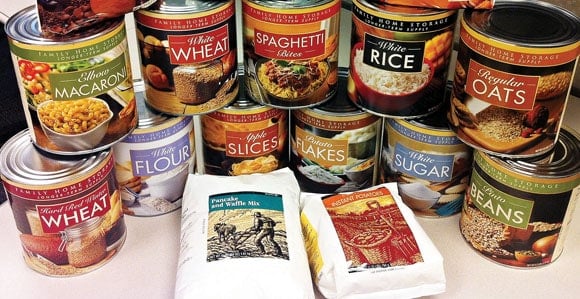


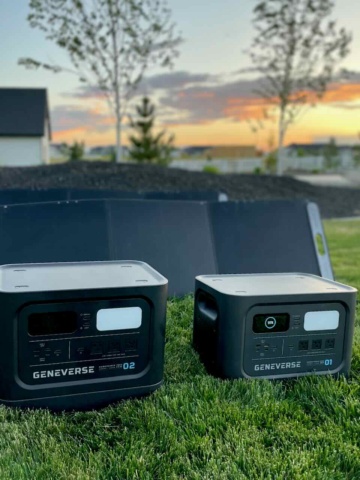
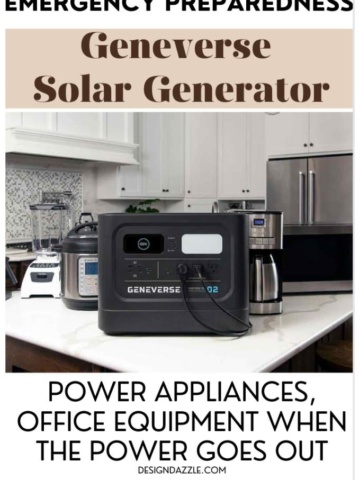

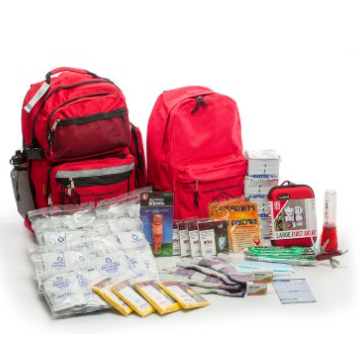
Leave a Reply